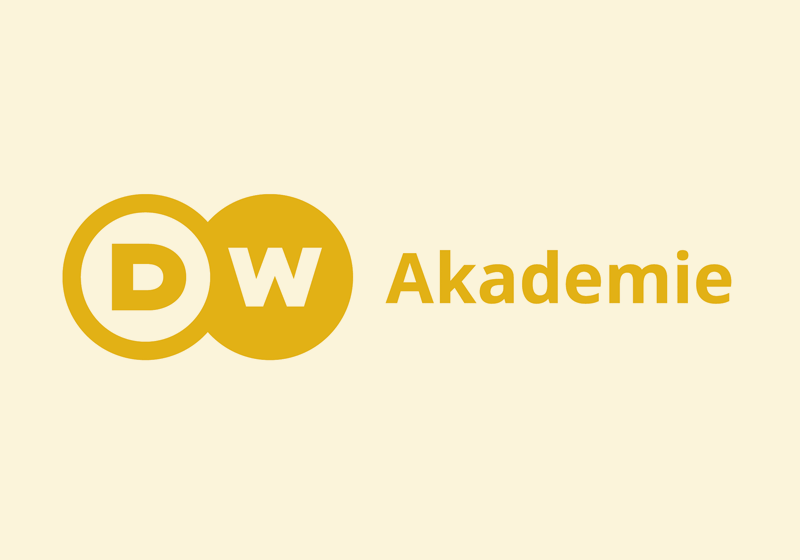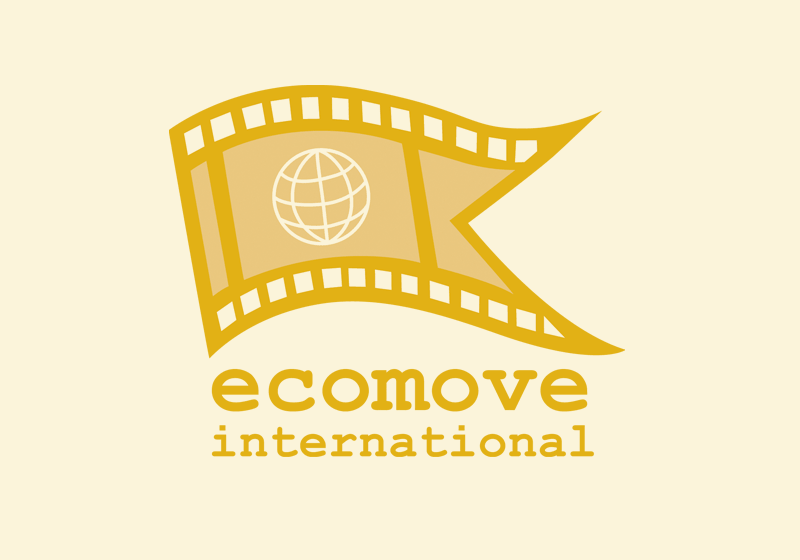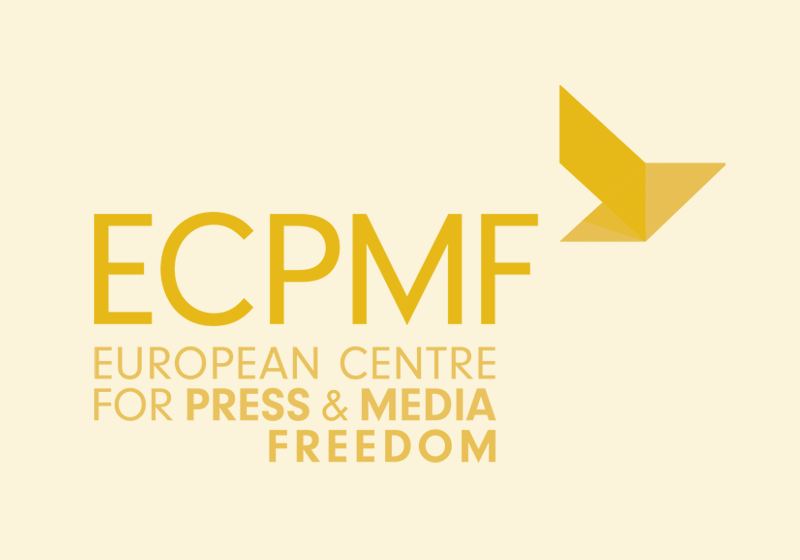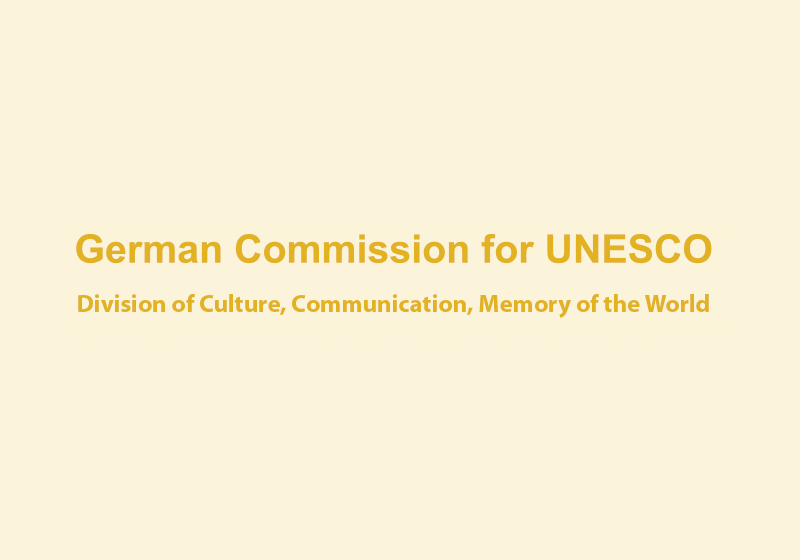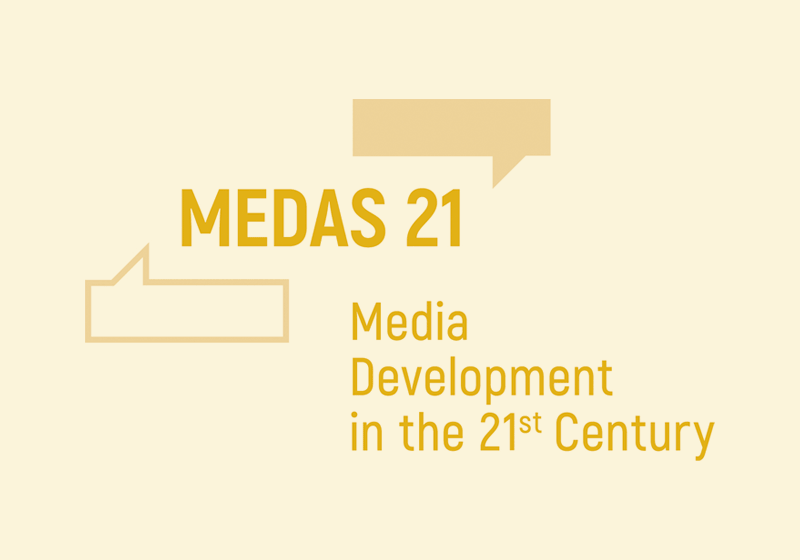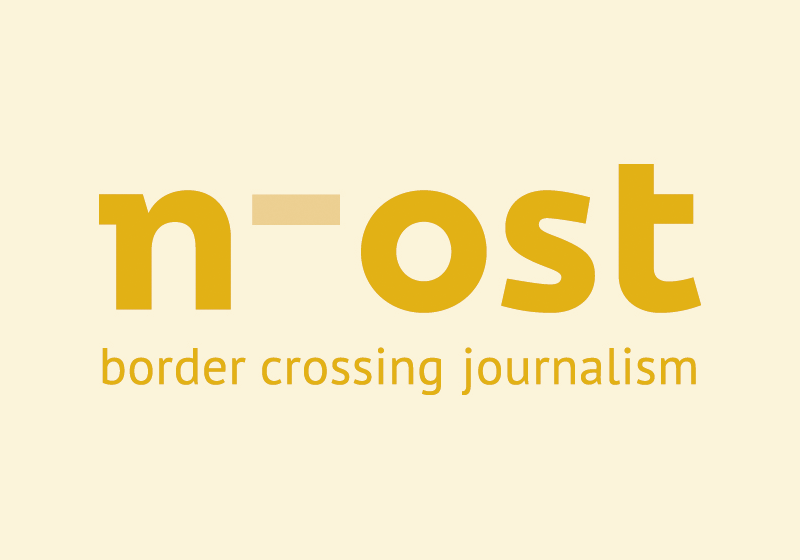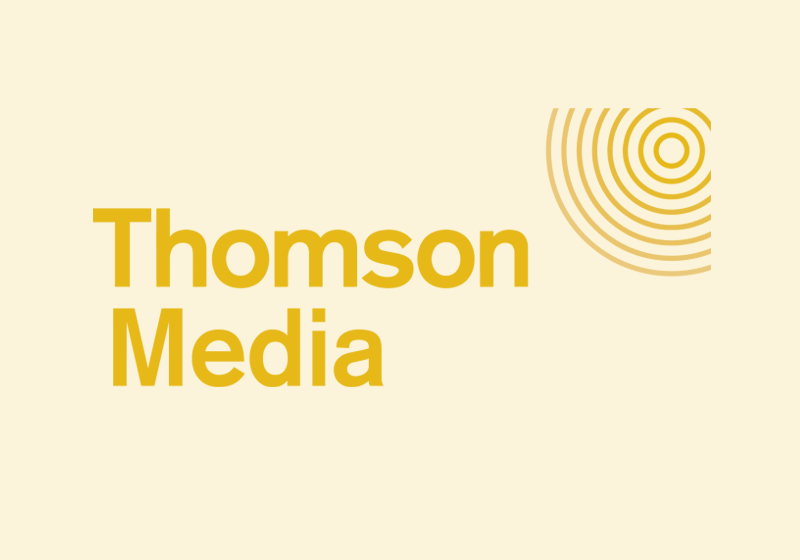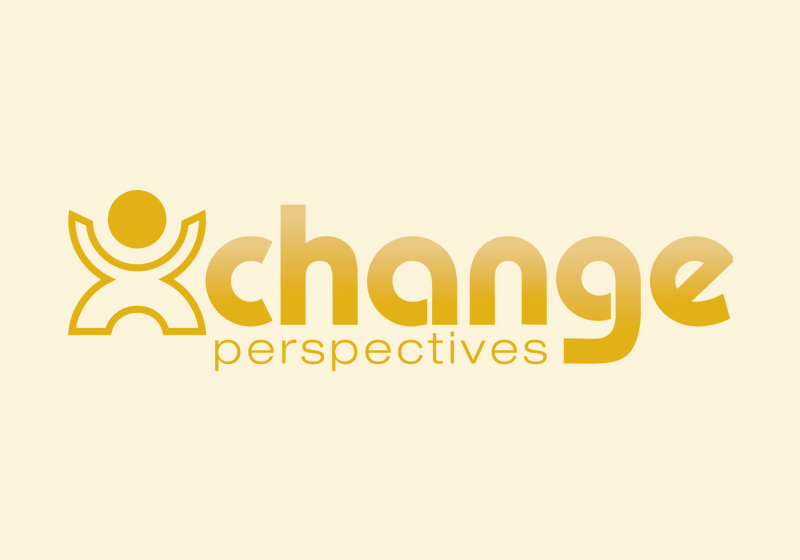Workshop: Crowdsourcing Journalism. How to involve those closest to the story.
By Natalia Lazareva and Eira Martens
YouTube: 8 years of video content is being uploaded every day. Facebook: 250 million of photos are being uploaded every day. Twitter: while in September 2010 about 100 million of tweets were posted daily, their number reached 250 million in September 2011. What will the figures be for the year 2012? This question was posed at the workshop on the Day 2 of the FoMe Symposium by Gavin Sheridan, Innovation Director for Storyful, a news agency for the social media age, based in Dublin, Ireland.
The amount of digital data is growing. Social media resources provide internet users with global news at a striking speed. The question is, how to filter the huge scope of information and make sense of the content? Gavin is sure that the biggest problem for journalists nowadays is so called “noise”, that is, massive scales of online information which can bury the most interesting pieces of data. In order to pick breaking news special techniques can be developed.
New tools, same W’s
We have new tools, but the basics have in fact been the same for decades or even centuries: “I keep six honest serving-men. They taught me all I knew. Their names are What and Why and When And How and Where and Who” (R. Kipling, 1902).
A range of online services help journalists answer these questions and carry out investigative research, as well as build networks with colleagues around the globe. Gavin Sheridan, a self-confessed twitter-addict, presented some of them in a very captivating way: TweetDeck, a real-time browser connecting you with contacts across various social media, OpenBook which assists in searching for people’s Facebook posts, Trendsmap, mapping of Twitter trends in the world, and many other resources which are extremely useful for investigative journalists as long as they know how to use them.
Online communities: the backdoor to many newsrooms
However, here arises the question of data protection. “A lot of people are not aware how open Internet is”, believes Gavin. A journalist should be especially conscious about his or her online privacy, sources security and realize how vulnerable he or she can be. And at the same time a journalist should have no fear of the online community. “People are usually friendly there. They are willing to help you both with professional needs and personal questions, such as to find a good restaurant or a bar nearby”. The more effort you put into it, the more response you will get. This is a formula, which usually works and shows you backdoors to many newsrooms worldwide.






